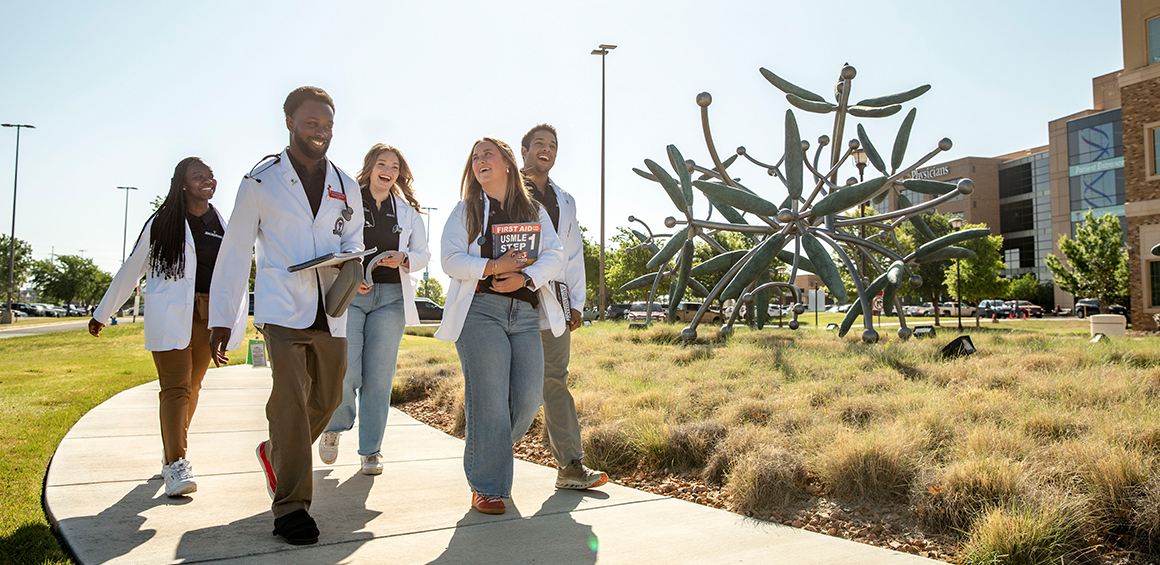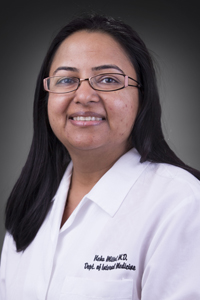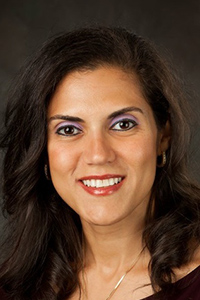Medical Clerkship 3rd Year

Medical Clerkship 3rd Year Overview
The third-year Internal Medicine Clerkship is an eight-week rotation that introduces medical students to the fundamentals of adult patient care across inpatient and outpatient settings. Through supervised clinical experiences, participation in teaching, and engagement in core didactics, students develop essential skills in patient evaluation and management. The clerkship emphasizes building a strong foundation in the diagnosis and treatment of common medical conditions while fostering professionalism, clinical reasoning, and compassionate, patient-centered care.
Information for Applicants
Based on a set of 10 diagnostic categories for Internal Medicine disease processes (as listed in the Online Patient Log), the student will evaluate a minimum of one real or simulated patient from each disease group. This evaluation will focus on a comprehensive history and physical examination, as well as a written assessment and treatment plan, for each patient. Learning sessions (including patient simulations and/or patient based discussions) will complement direct patient care, so that, by the end of the 8 week rotation, the student will develop these competencies:
Describe and define:
- The basic disease processes commonly seen in Internal Medicine patients as included in the following diagnostic groups: cardiovascular, respiratory, renal, infectious diseases, gastrointestinal, endocrine, hematology/oncology, rheumatology, neurology, general medicine (see Master Data Collection Key for details on diagnostic groups). (A3)*
- The pathophysiology, diagnosis, and treatment of these diseases. (A3)
- Key sources for obtaining current information on issues relevant to the medical management of adult patients. (A2)
- The basic aspects of the health care delivery system (inpatient vs outpatient care; acute vs long-term care; Medicare, Medicaid, and other methods of payment). (A4)
- Bioethics of care to include informed consent and advance directives. (C2)
- The role of behavior (e.g. smoking, drug use) and social systems (e.g. family dynamics, religious practices) on health and disease, and the scientific ways of effecting change in potentially deleterious health practices. (A5, D2)
Demonstrate the ability to:
- Perform and accurately record a complete history and physical examination on an ambulatory and/or hospitalized patient. (B1, B2)
- Perform a focused history and physical examination during a 15 minute ambulatory visit and accurately record the history, pertinent physical findings, assessment with differential diagnosis, and plan for therapy and/or further evaluation. (B1, B2)
- Communicate effectively with both colleagues and patients to include discussing with the patient (and family as appropriate) ongoing health care needs, using appropriate language and avoiding jargon and medical terminology. (B1)
- Construct a problem list with an appropriate differential diagnosis for each diagnostic problem using the data collected in the history and physical examination and with a plan to evaluate and treat each problem. (A3, B3, C1)
- Maintain adequate written records (i.e. SOAP notes) on the progress of illnesses of each assigned patient. (B1)
- Interpret an arterial blood gas, electrocardiogram, chest x-ray, and urinalysis. (B5)
- Perform a computerized literature search to find the best evidence for making decisions about the care of individual patients. (A2)
- Assist with and understand the indications for basic procedures (thoracentesis, paracentesis, lumbar puncture, central venous access) commonly performed on the internal medicine wards. Competence or expertise in performing these procedures is not expected. (B6)
- Assess the limits of medical knowledge in relation to patient problems. (A1, A2)
Demonstrate professional attitudes in their approach to the care of patients by:
- Use of a non-judgmental and patient-centered manner, showing concern for the patient and the patient’s family, and assuming responsibility for the care of the patient in keeping with their level of experience and training. (C4, C5, D1)
- Ongoing efforts to improve clinical knowledge and skills through effective use of available learning resources and life-long self-directed learning. (B4, D3)
- Upholding professional standards of attitude and behavior toward peers, other members of the health care team, family members. (A4, A5, D2)
- Emphasizing truth-telling, ethical behavior, and respect for diversity in all encounters in the health care arena. (A4, C3)
* Note: Notations in parentheses show linkage to Institutional Educational Objectives
Without Direct Supervision
Procedures students are expected to do without direct supervision:
- History and physical examination (excluding pelvic)
- Daily examination for progress notes
- Scrub at operations and deliveries
- Withdraw blood for lab determinations (exclusive of jugular and femoral withdrawal)
- Begin peripheral intravenous infusion (excluding transfusions and only in adults)
- Apply skin tests
- Perform urinalysis
- Obtain electrocardiogram
- Do gram stains and cultures
- Urinary catheterization (adult males only)
- Insertion of nasogastric tube (adults only)
- Removal of sutures
- Change of wound dressings
- Mouth-to-mouth resuscitation
- External cardiac massage
Only With Direct Supervision
The following may be done only with the help and direct supervision of a physician:
- Lumbar puncture
- Transfusions
- Thoracentesis
- Paracentesis
- Marrow aspiration
- Closure of skin lacerations (never on face)
- Obstetrical delivery
- Administration of anesthetic agents
- Sigmoidoscopy
- Pelvic examination
- Inserting central venous pressure lines
- Arterial puncture
- Writing of orders to nurses
Procedures That May Not Be Done
The following may not be done by the student:
- The independent treatment of patients without approval by a physician
- Dictation of admission history and physicals and discharge summaries.
Got Questions?
We're here to help. Contact us if you have questions.

Neha Mittal, MD
3rd Year Clerkship Director

Ebtesam Islam, MD PhD
3rd Year Clerkship Director
